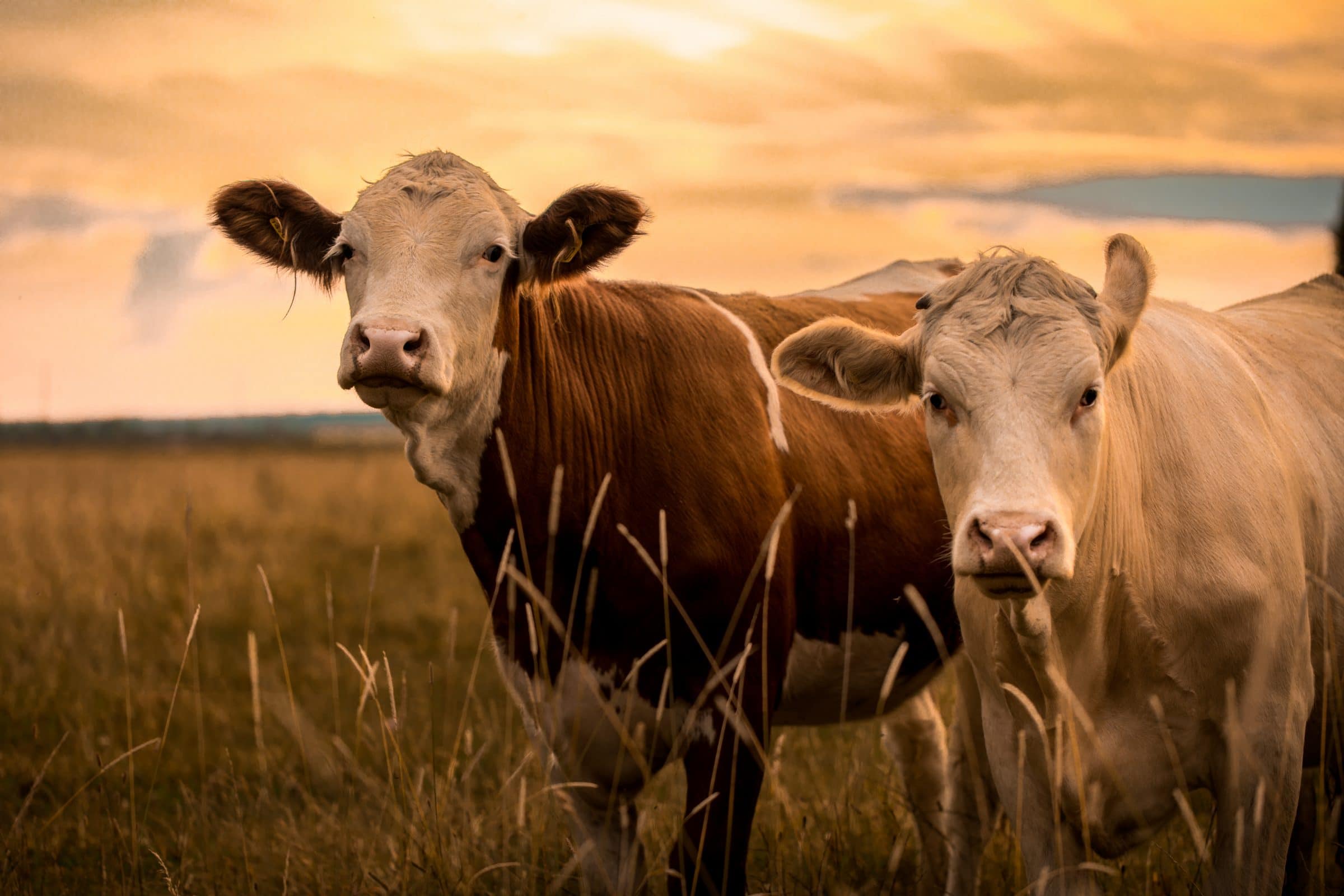News
January 24, 2021
Cattle grazing: protecting native grasslands
Cattle grazing plays a key role in protecting grasslands, one of the most endangered ecosystems on the planet.

Brooks (Rural Roots Canada) – Emily Lowe, a Regional Agrologist for the Beef Industry with Ducks Unlimited Canada says cattle are a key to help in preserving native grassland.
“There are multiple reasons why these large ruminant grazers are very important for grassland care. They play a huge role in nutrient recycling taking off some of that forage ingesting, digesting, and then redistributing it on the land as organic matter then helps the plants to grow and develop nutrients proceed through that way,” Lowe said.
Lowe says grasslands are home to thousands of insects, rodents and the act of grazing has a positive impact on their environment.
“First of all, nipping off the grass opens up the canopy so more rain and sunlight can actually get in and penetrate the soil, which is very important for growth. They also help create these very interesting different levels within the canopy, which is referred to as heterogeneity.”
She says heterogeneity is significant in providing habitat for birds to build nests, for different insects to do what they need to do to keep things moving.
Cattle hooves also do a lot of great work.
“Those cloven hooves have a very significant way that they rough up the soil surface, which allows for increased soil contact with seeds, and it helps these seeds that are falling off these grass species and plant species to help them properly germinate and grow.”
Lowe presented during the RRC Virtual Ag Day last July. Hear the Rural Roots Canada interview here.
